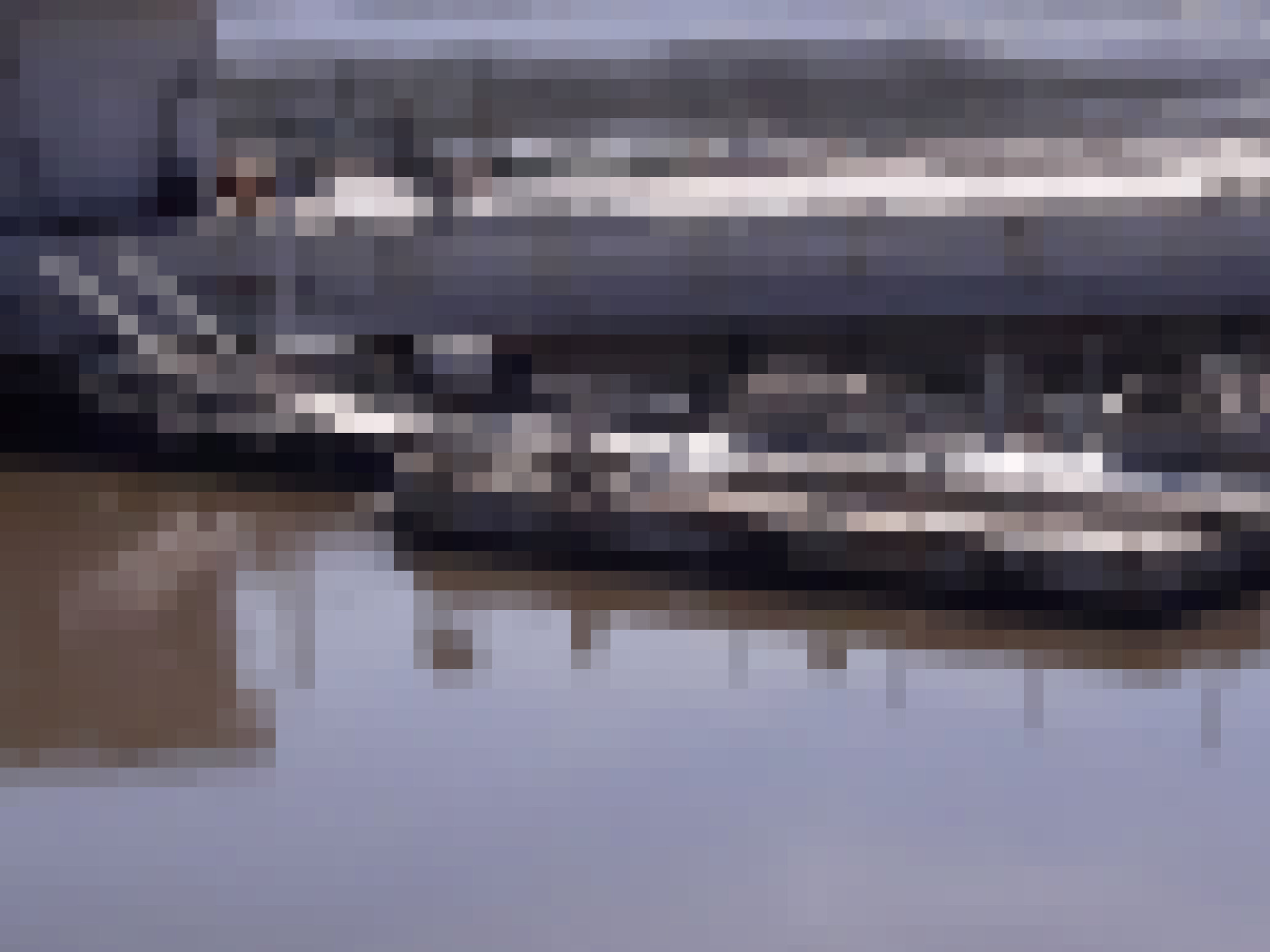The Theory of Mosaics
We talked briefly about mosaics yesterday. They're one way of looking at painting, and how one does not paint things but rather areas of hue, value and chroma which, viewed together, form the sensation of reality.
Look again at the motif from 3/10 and 3/15:
There are dozens of small objects visible in the photograph, and one might simply choose to trace each one, transfer its outline to canvas, and fill it in with color, like a paint by numbers set. This was essentially the procedure in the Medieval period and the early Renaissance, and the PreRaphaelites used it as well. Minus, of course, the availability of photography. A lot of stuff was seen. The medium was egg tempera, a material as well suited to detail as a hard lead pencil. Come the fifteenth century, glazes of oil paint came to be laid on top of tempera underpaintings. It's a lost art, and a lost science. Jan Van Eyck's glazed paintings look as fresh today as they did centuries ago, while a lot of Maxfield Parrish's works are falling apart after seventy or eighty years.
But there's another way to take in a scene like this. Supposedly it was Velasquez who first introduced direct oil paint, without any tempera underpainting. He is sometimes credited with inventing the procedure of taking in the whole scene at once as a pattern of light and shade on the retina of the eye, rather than a series of piecemeal details. We call the practice impressionism. He and Vermeer are perhaps the greatest impressionist painters.
The above photograph can be viewed in this fashion, breaking it up into individual squares, each one containing the averaged out hue, value and chroma for that area enclosed. If there are a lot of such squares, the image will closely resemble the photograph:
Although the image is now broken up into tiny squares, the equivalent of brushstrokes, its subject matter is recognizable enough. We can view the scene even more broadly if we wish:
Given ever larger squares, the motif becomes less and less recognizable (although if you squint hard, you can still see the original subject matter). Additionally, contrast is lessened. This is because tiny areas of highlight or darkness are averaged out into their surrounding area. Some painting procedures demand one begin in this fashion, grasping the entire scene without any focus. In subsequent sessions, the broad areas of color are subdivided. This is often referred to as coming out of the fog.
A painter is not required to limit himself to equal sized areas of color, or a homogenous lack of focus. Much to the contrary, he can hit certain edges crisply and let others be lost. He can finish small areas, and let others go. Best of all, he can hit the extreme lights and darks. But the notion of mosaics as a way of seeing the whole motif, without getting strangled by its detail, is a very useful one.



